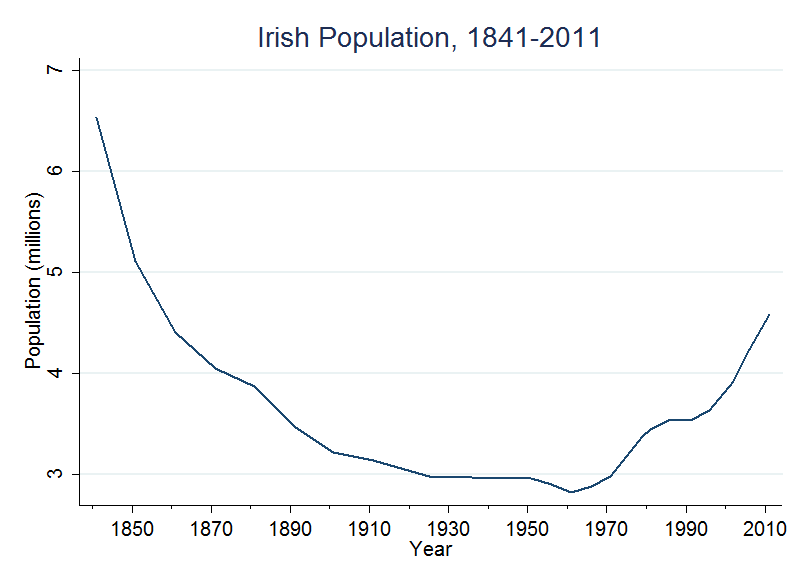“As the doctrine developed, the rule of equal marginal sacrifice soon won the day and with Pigou (1928, p. 60) became the correct solution. Viewed from the perspective of fairness, this was hardly persuasive. Why should only the marginal sacrifice be considered, rather than the entire loss as called for by equal-absolute, equal-proportional, or still other sacrifice rules? The answer, it appears, is that equal marginal sacrifice was chosen not so much as a matter of fairness but as an efficiency-based prescription for securing least total sacrifice. The move from Mill’s equal absolute or proportional sacrifice to Pigou’s enshrinement of equal marginal sacrifice thus involved a paradigm shift from equity to Pareto efficiency as the basic criterion. Equal marginal sacrifice, and with it least total sacrifice, fitted neatly into the economist’s utilitarian goal of welfare maximization. The case for distributing the burden of a given tax revenue so as to minimize aggregate loss was but a by-product of the general case for distributing income so as to maximize welfare. The entitlement base for distributive justice was thereby replaced by that of utilitarian welfare maximization.
[…] More basically, left open was the bottom-line question of why, as a matter of fairness or distributive justice, equal marginal sacrifice and hence least total sacrifice should be the accepted criterion. The case for least total sacrifice in tax-burden distribution, as Edgeworth and Pigou saw it, derives from the broader efficiency goal of securing a distribution of income which maximizes aggregate welfare. This takes us back to Bentham’s proposition that self-interested individuals, bent on maximizing their own welfare, will also wish to maximize aggregate welfare (Bentham 1789, p. 3), an heroic conclusion which hardly follows. Using superior force of bargaining from a stronger position, the self-interested and better-endowed individual would disagree, as Hobbes had put it in his “warre of everyone against every man” (1651, p. 188). To sustain acceptance, the target of maximum aggregate welfare had to be given an ethical underpinning. Based on the golden rule of valuing the welfare of others as one’s own, individuals should discard envy and agree to Pareto-optimal re-arrangements, that is, re-arrangements which produce a net gain for the group as a whole, even though the individual may lose. Given this more demanding premise of impartiality, least total sacrifice or welfare maximization becomes the preferred solution.
As formulated more recently, and in line with economists’ taste for maximizing behavior, impartiality has been interpreted as calling for choice under uncertainty.2 Individuals are called upon to choose among alternative patterns of distribution from behind a veil — that is, without knowing their own capacities and what their own position in any one pattern would be (Vickrey 1945; Harsanyi 1955; Rawls 1971). Assuming a fixed pie available for distribution and stipulating declining marginal utility or postulating risk aversion, people would then agree on an equal division of income; but, allowing for deadweight losses in response to taxation, some degree of inequality would be agreed on.3 Applying this reasoning to the narrower problem of just taxation, tax shares to be agreed upon from behind a veil would similarly fall short of maximum progression.
2 As I see it, the “veil” construct and the interpretation of distributive justice qua risk aversion, though congenial to the economist’s mode of thinking, is of questionable merit. If individuals have agreed on the principle of impartiality and thereby on the least-total-sacrifice rule, they should be willing to proceed directly to a corresponding income or tax-burden distribution. The veil construct becomes roundabout and redundant. Moreover, reliance on self-interested choice following disinterested acceptance of the veil seems inconsistent. This also poses the question of how acceptance of the impartiality premise (as distinct from the entitlement of earnings) can be reconciled with tax avoidance and the standing of the resulting deadweight loss (Musgrave 1992).
3 Viewed in this context, Rawls’s rule of maximin may be interpreted as involving extreme risk aversion.
— Richard A. Musgrave (1994), in his contribution to “Tax Progressivity and Income Inequality”, edited by Joel Slemrod.
